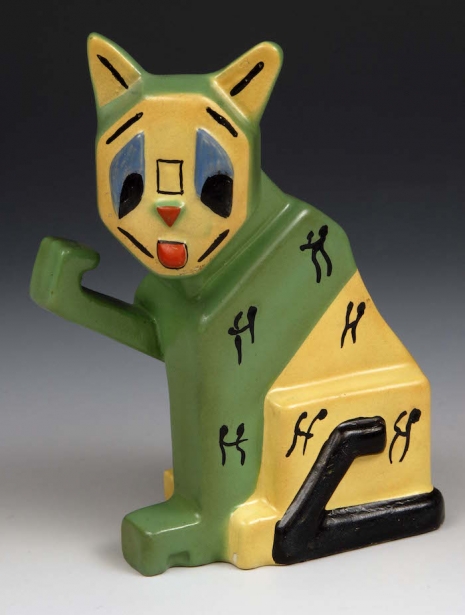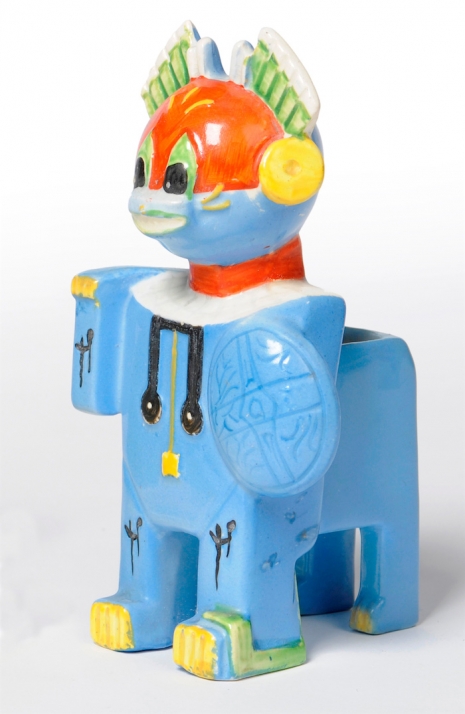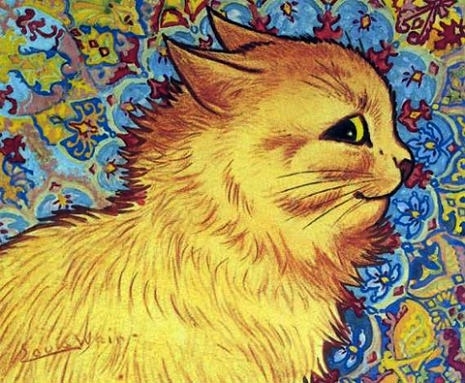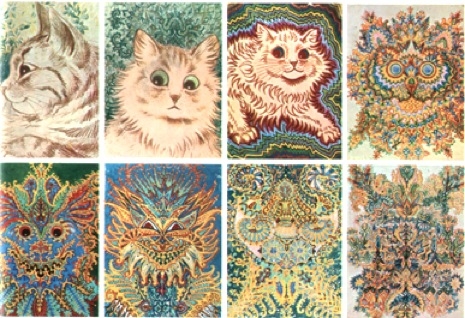
Sometimes it seems that luck is far more important than talent. Louis Wain was a talented artist but he was never a lucky man.
Louis Wain was the man who drew cats. He was born in the East End of London in 1860, the only boy in a family of five girls. This meant that when his father died Louis became the family’s sole provider. As he was good at art, he started submitting illustrations for various magazines. These proved popular. This led to his joining the staff of the Illustrated Sporting and Dramatic News in 1882. His artistic streak most probably came from his mother as she had once been a textile designer. Little is known about his father.
In 1884, Louis married the family’s governess, Emily. She was ten years older than Louis who was then a rather green 23-year-old. It was because of his love for Emily that Louis started drawing cats. Emily had a small black and white cat called Peter whose company she greatly enjoyed. When Emily became too ill to play with Peter, dear old Louis spent hours sketching the cat in the hope his drawings would bring his wife some needed cheer and a much hoped for recovery. Alas, it wasn’t to be. Emily had cancer and died three years later in 1887.
The year prior to Emily’s death, Louis had the good fortune to show his editor a small selection of the cat drawings he had made for his wife. The editor liked these illustrations so much that he published two of them in the following edition of the Illustrated Sporting and Dramatic News. This was the first real luck Louis ever had. His drawings were greatly received and led to his being commissioned to illustrate two books Madam Tabby’s Establishment and A Kitten’s Christmas Party. After Emily’s death, Louis focussed solely on drawing more cats. It was his main connection to his wife which also became a way to make money.
Louis produced cat illustrations for postcards and greeting cards, adverts, books and toys. Then, just before the First World War, he designed a series of ceramic cats which he mainly called “Lucky.” These designs for vases—chunky, square, and brightly painted—were inspired by the latest fad for Cubism. Unfortunately for Louis, his designs weren’t so lucky with the home market as they were considered ugly and tasteless and did not sell at all well in England. But fortunately, in America, these crazy cats were highly popular. This should have been Louis’s retirement fund, but a large consignment of his ceramics bound by ship for the United States was sunk in the Atlantic by a German U-boat. This, together with the war, briefly put and end to Louis’ Cubist cats.
After the war, his designs were picked up once again and manufactured in Italy. By now, Louis was in severe financial difficulties. His naivety about the world had led to his squandering much of his hard-earned cash on crank business propositions or foolishly giving it away in response to begging letters. It’s unclear how much money Louis made from this second production of his ceramics. If he did make money, well, it proved of little avail as Louis was certified insane and committed to an asylum in 1924.
Louis Wain’s art and designs fell out of favor until the early 1960s, when his cat paintings became highly fashionable again.
Today, like his paintings, Louis Wain’s ceramic animals are greatly sought after and can sell for as much as $10,000 each. The designs mainly feature cats, but there are also designs of pigs and dogs. As ever, with the unlucky Mr. Wain, some of the designs that flooded the market about a decade ago were considered to be fake. But those who posses a genuine Louis Wain Cubist cat, they are lucky enough to own a thing of great beauty.


See more of Louis Wain’s ceramics, after the jump…















